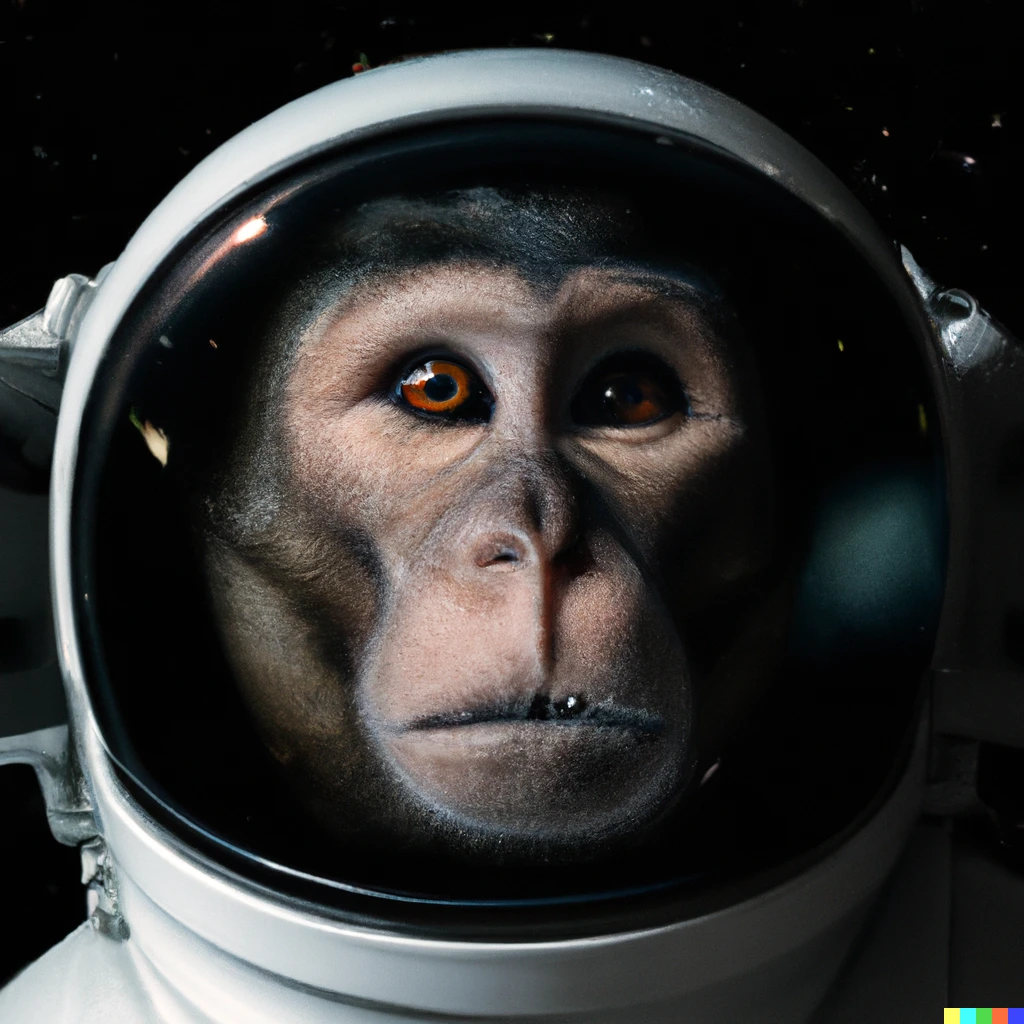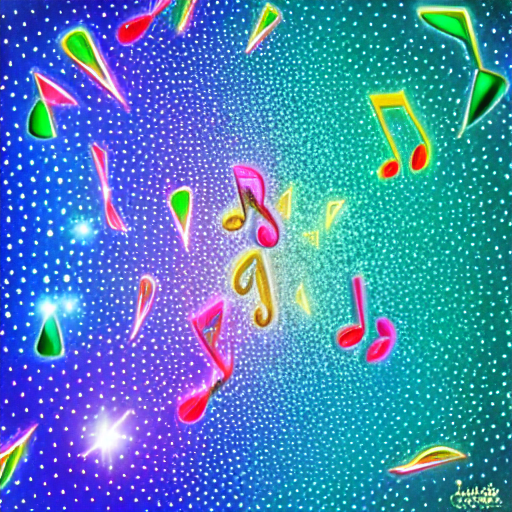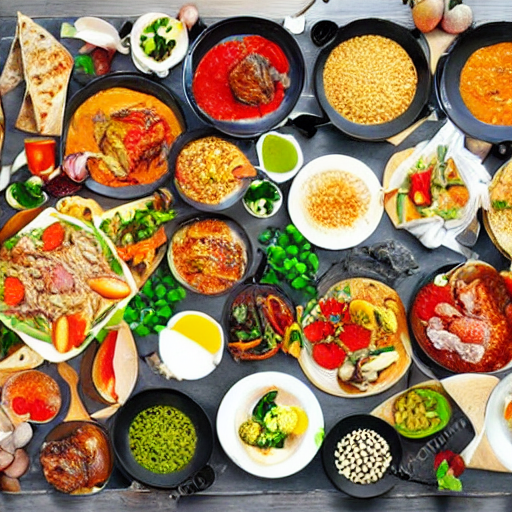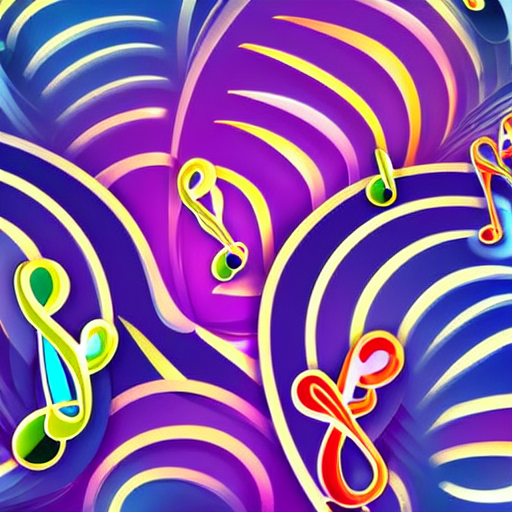In the realm of artificial intelligence, the boundaries of creativity continue to be pushed further with each groundbreaking innovation. Enter DALL-E, an AI model developed by OpenAI that has captured the imagination of creators and technologists alike with its ability to generate stunning, imaginative images from textual descriptions. In this article, we delve into the intricacies of DALL-E, exploring its capabilities, applications, and the implications for the future of image generation.
Understanding DALL-E
DALL-E, a name inspired by the surrealist artist Salvador Dalí and the Pixar character Wall-E, is a generative model trained by OpenAI capable of creating high-quality images from textual prompts. Unlike traditional image generation models that rely on pixel-level manipulation, DALL-E operates at a higher semantic level, understanding and synthesizing images based on textual descriptions provided by users.
How DALL-E Works
At the core of DALL-E’s functionality lies a sophisticated neural network architecture known as a transformer. This architecture enables DALL-E to process and understand textual descriptions of images, interpreting concepts, objects, and scenes described in the input text. Leveraging this understanding, DALL-E generates images that align with the textual prompt, effectively translating words into visual representations.
Creative Applications of DALL-E
The creative potential of DALL-E is virtually limitless, offering a wide range of applications across various domains. From generating concept art and illustrations to creating visual aids for storytelling and design projects, DALL-E empowers creators to bring their ideas to life in ways previously unimaginable. Additionally, DALL-E’s ability to generate diverse and novel images based on textual descriptions opens up new possibilities for content creation, digital art, and visual communication.
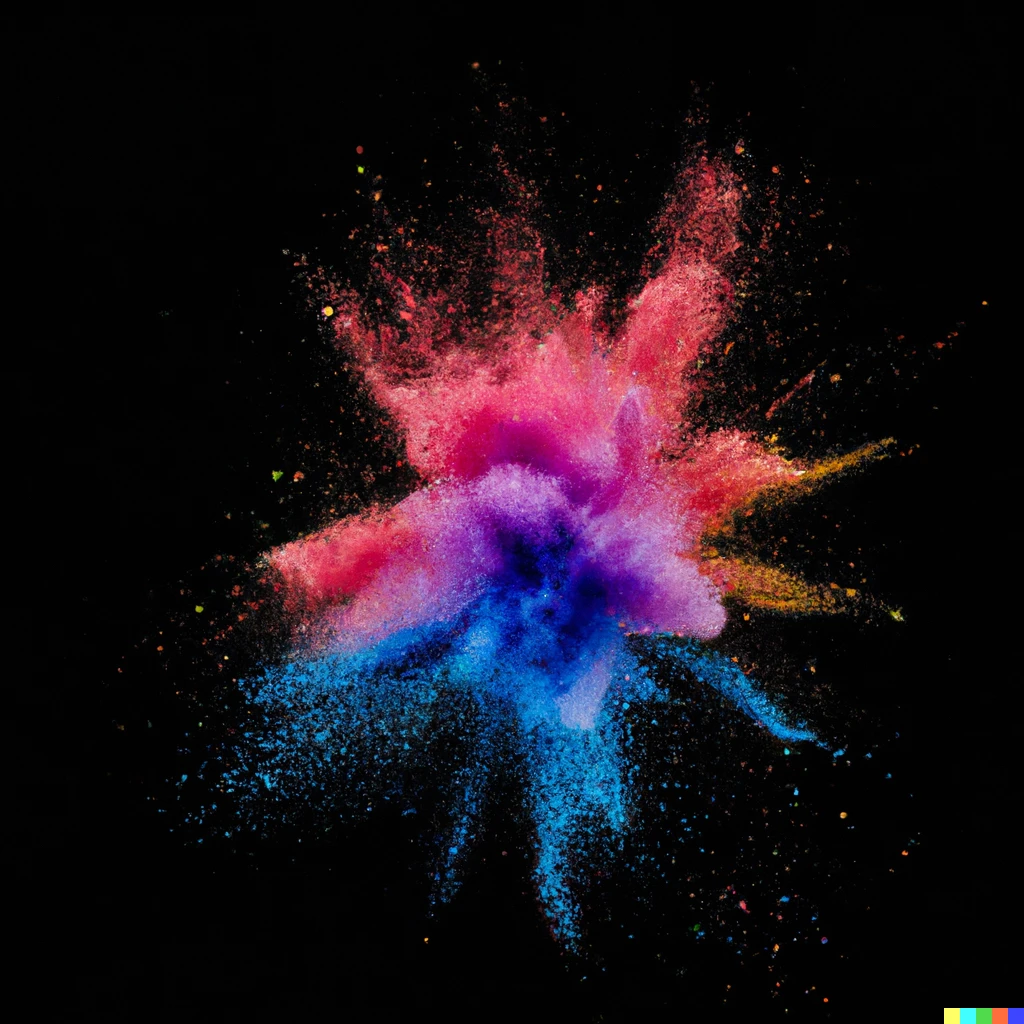
Implications for Content Creation and Design
In the realm of content creation and design, DALL-E has the potential to revolutionize workflows and unlock new levels of creativity. Content creators, graphic designers, and artists can leverage DALL-E to quickly generate visual assets, iterate on design concepts, and explore alternative visual interpretations of their ideas. This streamlined process not only accelerates the creative workflow but also sparks inspiration and facilitates collaboration among multidisciplinary teams.
Ethical Considerations and Challenges
As with any AI technology, the emergence of DALL-E raises important ethical considerations and challenges. Concerns about copyright infringement, intellectual property rights, and the potential misuse of generated images underscore the need for responsible use and governance frameworks. Additionally, biases inherent in the training data used to train DALL-E may manifest in the generated images, highlighting the importance of diversity and inclusivity in dataset curation and model development.
Looking Ahead: The Future of Image Generation
As DALL-E continues to evolve and improve, the future of image generation holds exciting possibilities. Advancements in AI research, coupled with innovations in computational creativity and human-AI collaboration, will further expand the capabilities of models like DALL-E, enabling them to generate even more realistic, diverse, and contextually relevant images. Additionally, interdisciplinary collaborations between AI researchers, artists, designers, and storytellers will drive the exploration of new frontiers in creative expression and visual communication.
Conclusion
DALL-E represents a paradigm shift in the field of AI-driven image generation, unlocking new avenues for creativity, expression, and innovation. From concept art and design prototyping to storytelling and visual communication, DALL-E’s ability to translate textual descriptions into compelling images has far-reaching implications across industries and disciplines. As we continue to harness the creative power of AI, the boundaries of what’s possible in image generation will be continually redefined, ushering in a new era of digital artistry and visual storytelling.
